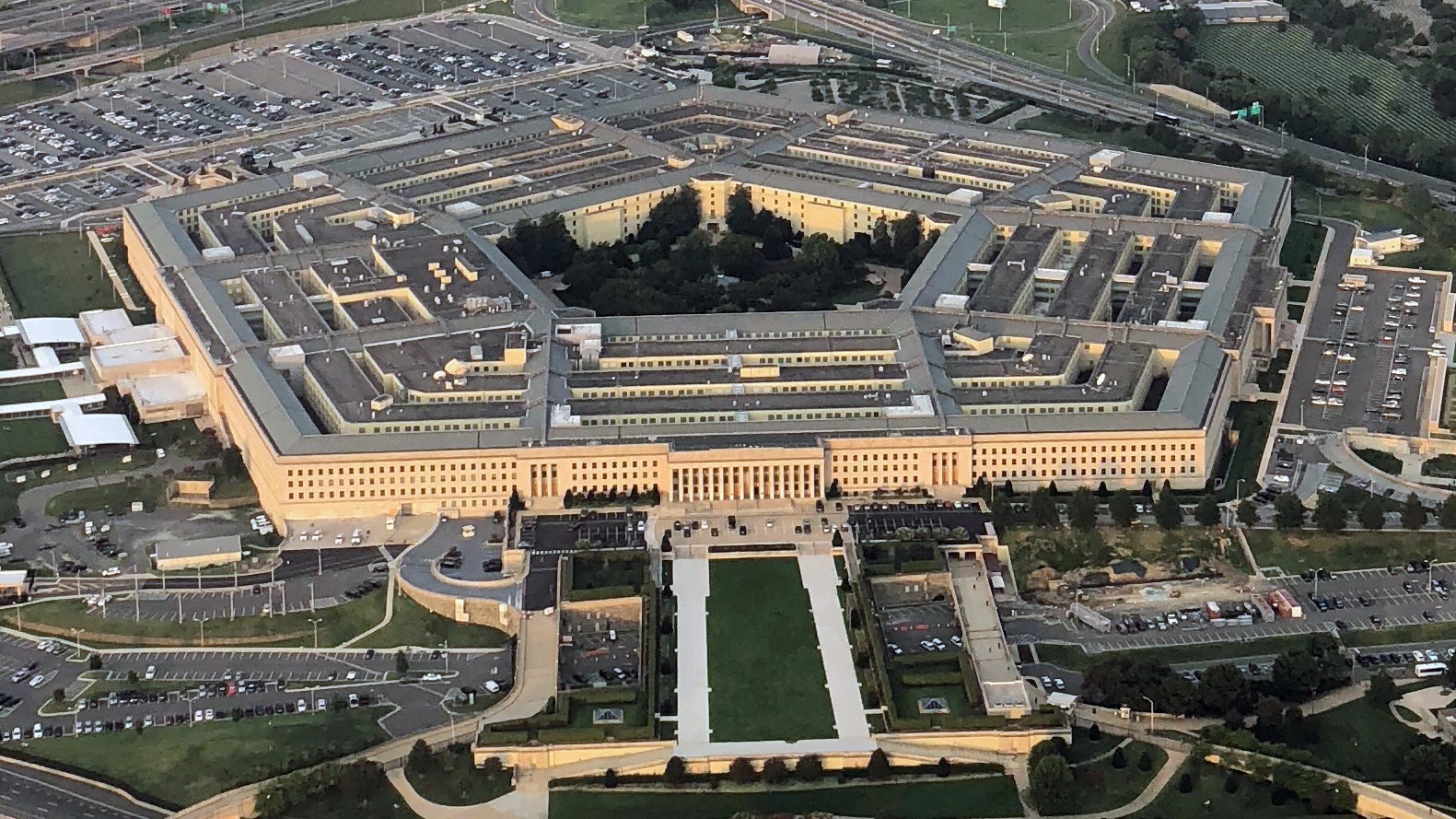Army Unveils $185.9 Billion Budget for Fiscal 2025
Army Unveils $185.9 Billion Budget for Fiscal 2025

The $849.8 billion fiscal 2025 defense budget unveiled March 11 includes a 4.5% pay increase for troops and a 2% raise for civilian personnel.
The Army’s $185.9 billion share, which is a 0.2% increase from the fiscal 2024 request, “meets the Army’s commitments under the National Defense Strategy and the secretary of defense’s priorities to defend the nation, take care of our people and succeed through teamwork,” Army Undersecretary Gabe Camarillo said.
The budget allows the Army to continue focusing on recruiting and retention efforts, modernization programs, barracks and housing improvements, quality-of-life initiatives and training and exercises to maintain readiness across the force, he said.
“We always, every year, have to make some very difficult tradeoffs,” Camarillo said. He also warned of the impacts of operating under a continuing resolution, stopgap funding that keeps spending at the previous year’s levels and prohibits new starts. The Army and the rest of DoD have been operating under a continuing resolution since the Oct. 1 start of fiscal 2024.
Another factor is the Fiscal Responsibility Act of 2023. Approved by Congress in the debt limit deal last year, the agreement limits fiscal 2024 spending to the president’s budget request and provides for a 1% increase in fiscal 2025, CQ News reported. “Under these caps, we made difficult but responsible decisions focusing on maintaining our military’s readiness and taking care of our personnel,” Defense Secretary Lloyd Austin said in a statement.
For the Army, its fiscal 2025 request includes $70.7 billion in military personnel funding to account for “all increases in basic pay, housing and subsistence,” Camarillo said. The request projects an active Army troop strength of 442,300, down from the 452,000 requested in fiscal 2024 and the 445,000 that was eventually authorized.
It also projects an Army National Guard strength of 325,000 and an Army Reserve strength of 175,800 in fiscal 2025, for a total force of 943,100, down from the 951,800 that was projected in fiscal 2024.
Recruiting efforts continue to be a focus area, with funds allocated for expansion of the Future Soldier Preparatory Course, which helps potential recruits raise their fitness or academic scores, and improved recruiter selection and training. There also is $1.1 billion for marketing and advertising, a 10% increase from the previous year, and $675 million for enlistment incentives across the three Army components, he said.
Recruiting is a “multiyear challenge,” Camarillo said. “We’ve been taking this challenge head on [over] the last two years.”
Efforts to improve housing are another area of focus. The fiscal 2025 request includes $935 million for new barracks construction at nine installations across the Army, including Fort Leonard Wood, Missouri; Joint Base Lewis-McChord, Washington; Fort Johnson, Louisiana, formerly known as Fort Polk; and Fort Buchanan, Puerto Rico. That’s a 325% increase in construction from fiscal 2024, according to budget documents.
Additionally, “barracks sustainment is funded to 100% for the first time ever, at least in recent memory, at $680 million,” Camarillo said.
“I think the most telling statistic is that if you look at what we got over the [Future Years Defense Program], it is an average investment of $2.1 billion per year in barracks, specifically over this FYDP,” Camarillo said.
Army modernization “continues on pace,” Camarillo said, as the service continues to deliver key capabilities such as the Precision Strike Missile Increment-1 and the Mid-Range Capability, which enables the Army to engage maritime targets.
The Army is requesting $14.1 billion in research, development, test and evaluation funds, and $24.4 billion for procurement.
It also will move out on its aviation rebalance strategy, which includes upgrades to current platforms, investments in unmanned systems, terminating the Future Attack Reconnaissance Aircraft program and phasing out the Shadow and Raven unmanned aerial systems, among other changes.
In fiscal 2025, the Army plans $465 million for production of the CH-47F Block II Chinook helicopter and $25 million in research, development, test and evaluation funds for UH-60 Black Hawk upgrades.
The service also is looking to advance its efforts in counter-small unmanned aerial systems capabilities, requesting $447 million in fiscal 2025, as well as $140 million on research and development on directed-energy systems, Camarillo said.
The budget also includes funding for 22 combat training center rotations, maintains a “robust” flying hour program and $461 million for Operation Pathways exercises in the Indo-Pacific, a more than 200% increase from the previous year.
Overall, Army funding makes up 22% of the total DoD budget. The Air Force would receive 31%, the Navy would receive 30% and defensewide programs make up 17%, according to budget documents.

